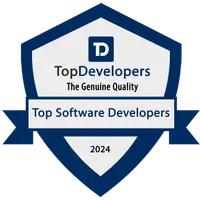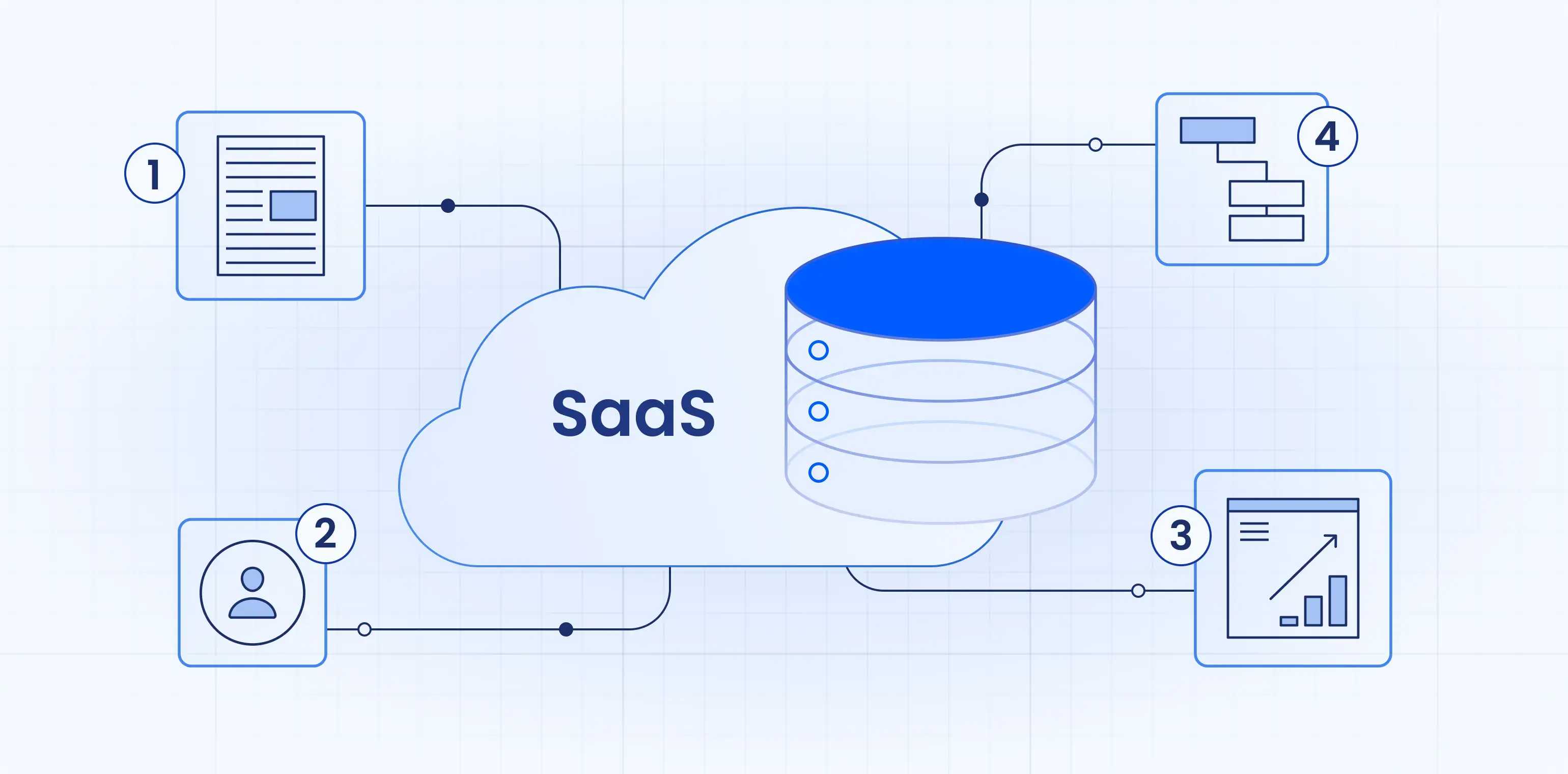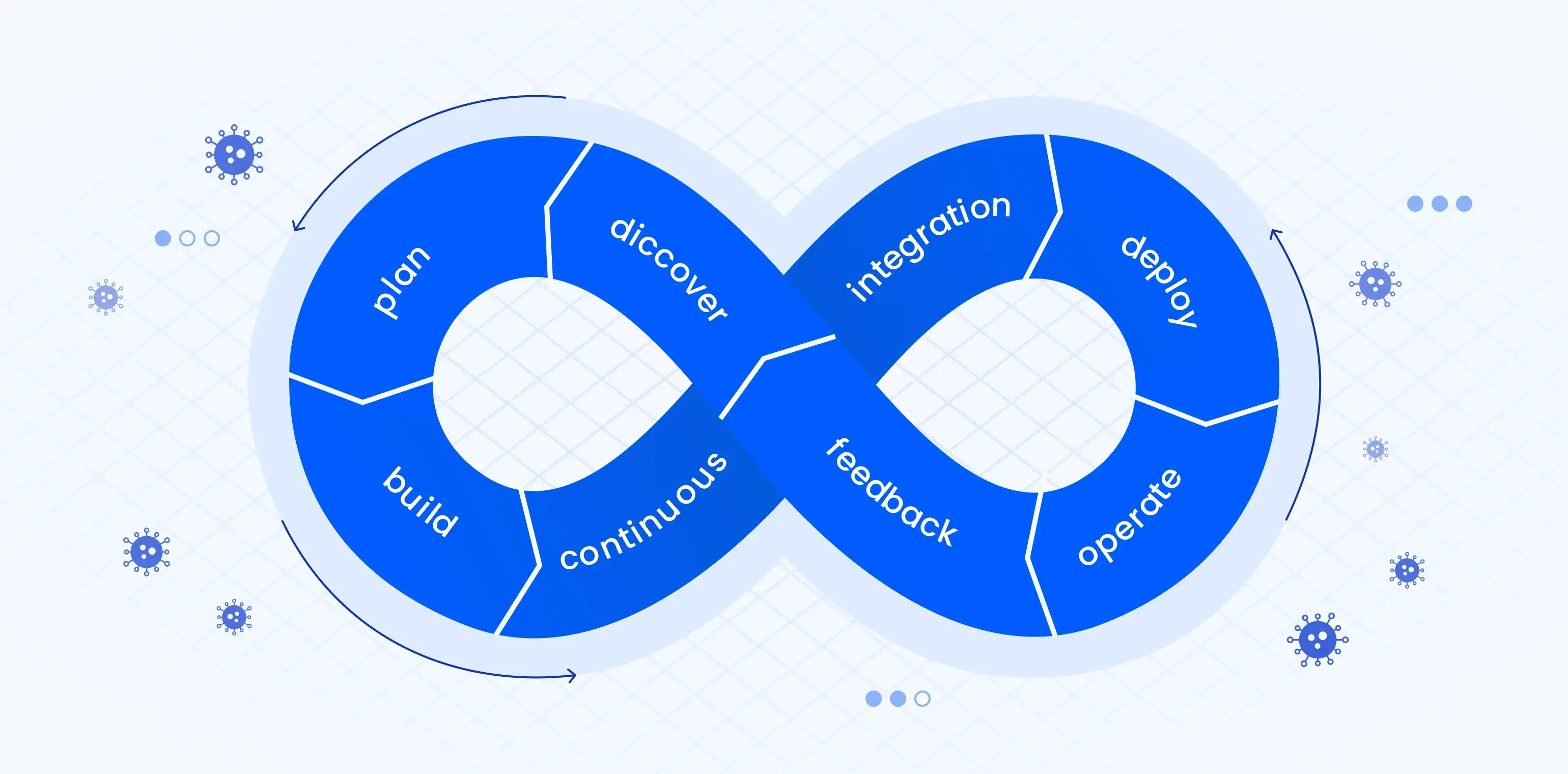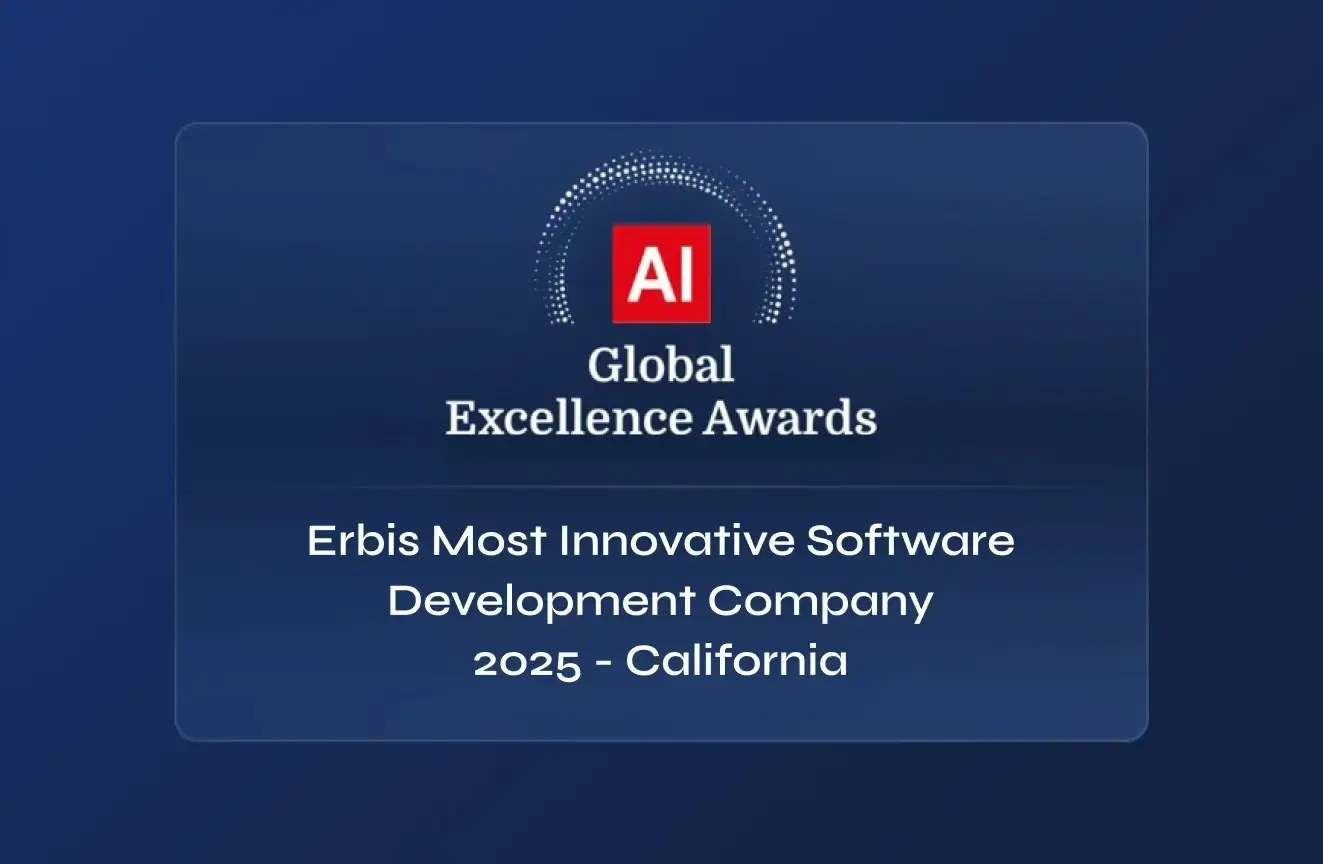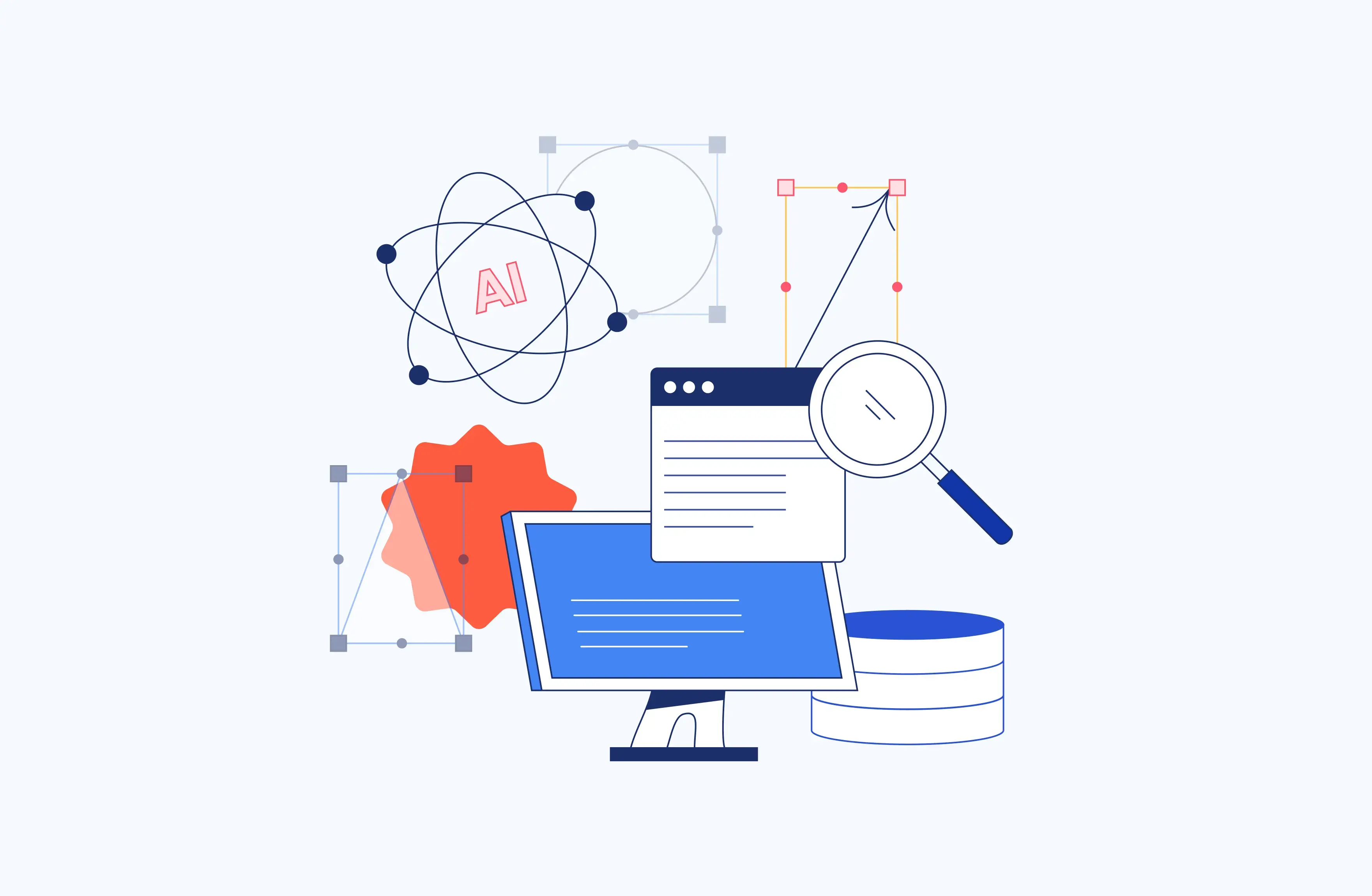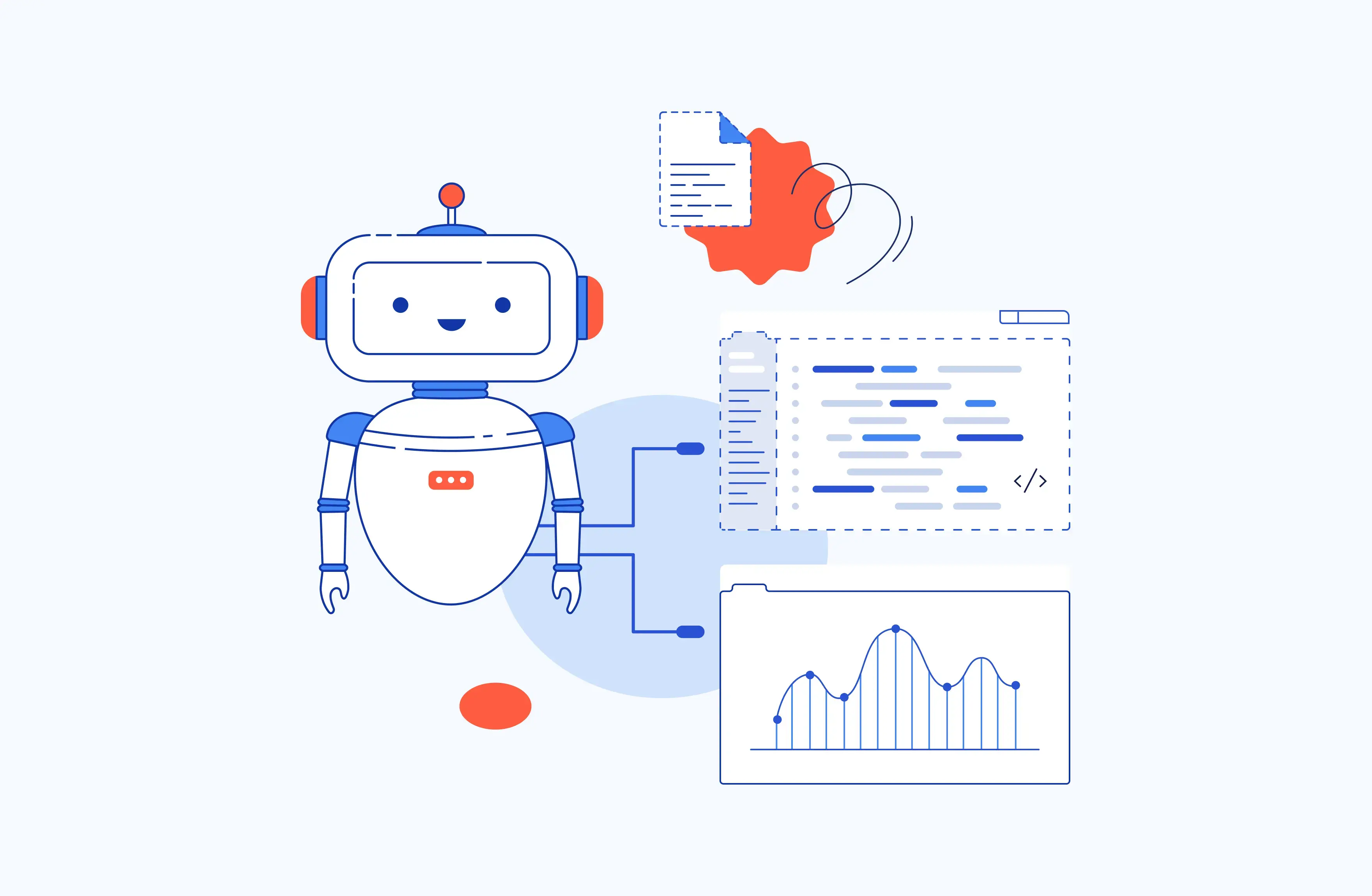Why Do You Need Machine Learning in E-Learning?
Online learning opens up endless opportunities for knowledge gaining. No matter where a person is located, they can access educational resources, contact experienced teachers, and obtain official qualifications. In addition, technological innovations transform e-learning into an increasingly comfortable learning environment. Today users study in virtual classrooms with interactive whiteboards, shared workspaces, progress-tracking tools, and other instruments for teaching and collaboration.
Given the above, modern e-learning has long ceased to be a copy of traditional education. Instead, it has turned into a standalone field – EdTech. Artificial intelligence (AI) and machine learning (ML) are two technologies that power EdTech with supreme opportunities. Learn what they are and how you can use them in your e-learning startup based on real-world examples from US universities and modern educational apps.
The concept of machine learning
Machine learning is the science of making AI learn and act like a human. In turn, AI is a system or machine that can imitate human behavior, and gradually learn, using the information received. To better understand what AI and ML are, think about how you learned to read. You didn’t study spelling and grammar before reading the first book. Instead, you started with simple books, which became more complex over time. As a result, you learned the rules (and exceptions) of spelling and grammar – but this happened during the process of reading. In other words, you have processed a lot of data and learned from it.
Similarly, ML models learn from received data. Depending on how they receive information, ML is divided into supervised, unsupervised, and reinforcement.
Supervised learning
This is similar to how a child learns the world. However, in this case, the algorithm takes the role of a baby. Its goal is to find the correct answer initially embedded in the processed data. The result is the algorithm’s ability to make the right decisions and create accurate forecasts.
Unsupervised learning
This implies that the algorithm independently determines the patterns in processed data. By understanding the logic of specific processes, it draws the correct conclusions in similar situations and datasets.
Reinforcement learning
This is like a trial and error method when a machine looks for the optimal actions to take in a set of different scenarios. After receiving either a successful result or an error, it understands how to act under specific conditions, both in short-run and long-run periods.

Machine learning in education: five use cases from trending Edtech startups
High tech gradually penetrates eLearning development, and EdTech attracts more investments every year. According to Holon IQ, EdTech venture funding amounted to $20,8 billion in 2021. This is almost five times more than five years ago and nearly 4 billion more than a year before. These figures prove an enormous demand for EdTech software. It is not surprising as intelligent algorithms add value to education, making it more personalized and agile. Here is how you can refresh UX in your app by using ML in online learning development.
Suggest disciplines to study. Many potential students are unsure about what they need to learn. This is especially true for yesterday’s schoolchildren who intend to enter universities. ML comes to the rescue in this case. Unlike a human, it gives unbiased advice based on users’ interests, test results, and school diploma scores. SchooLinks is an EdTech company that provides this kind of service, collaborating with colleges and applicants in many US states.
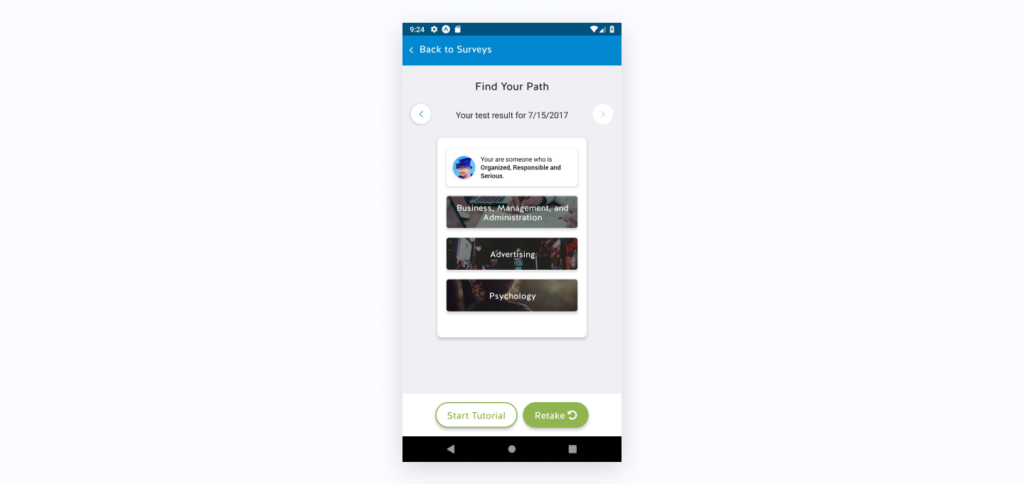
Adapt the learning flow to the students’ needs. ML algorithms monitor how students learn and adjust the program according to their needs. A good example is the Duolingo app specializing in teaching foreign languages. It remembers the user’s mistakes in grammatical constructions or lexical units and offers relevant exercises to remove knowledge gaps.
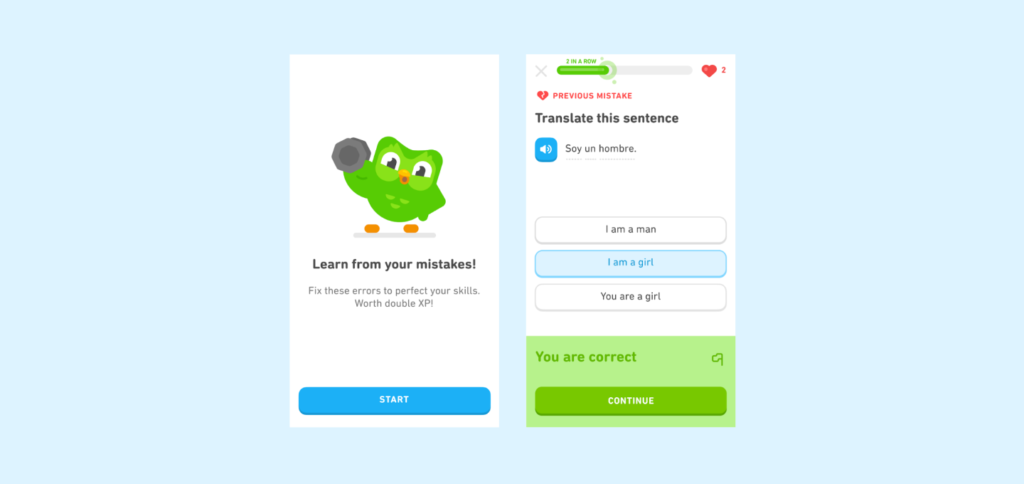
Personalize the pace of learning. The main problem of traditional education is its focus on the average student. In this case, talented students get bored in the classroom, while weaker students are demotivated by poor results. Intelligent algorithms personalize learning, allowing students to learn at a comfortable speed. For example, MobyMax provides personalized study plans based on the students’ velocity.
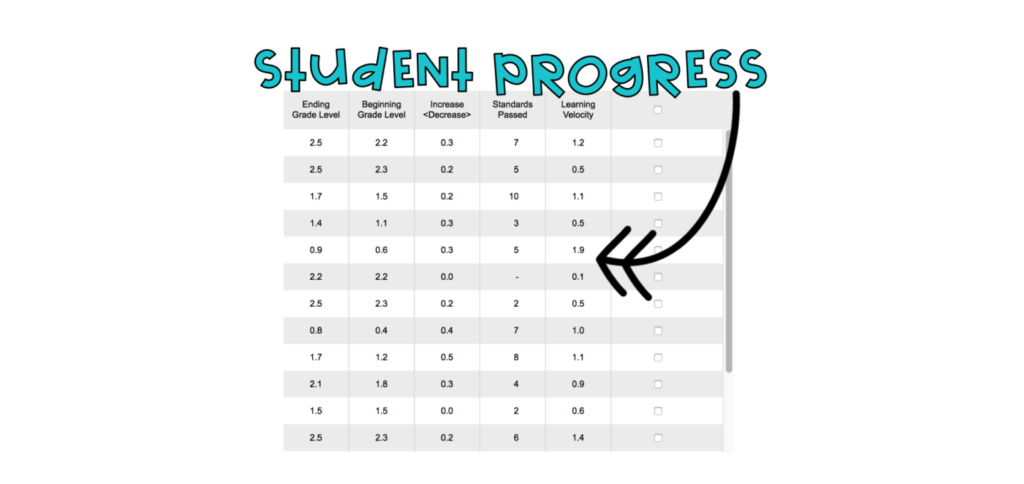
Apply smart grading. ML technologies in eLearning development provide an unbiased check of students’ knowledge. They analyze students’ responses to evaluate how they understood the material rather than how well they repeated it. Quizlet is an Edtech startup that provides this and other features for its users. Their smart grading option is not just about comparing a student’s answer with the correct answer built into the database. Instead, the algorithm analyzes the meaning of what is written and gives a fair assessment, even if the answer is rephrased or contains typos or minor grammatical mistakes.

Improve work results. ML algorithms analyze vast amounts of data to determine how to behave in a given situation. E-learning startup Grammarly works on this principle, analyzing texts in US and British English and suggesting better ways of writing. In addition to pointing out errors, the program offers how to rephrase the text to make it more readable and understandable.

ML in higher education: best practices from leading US universities
Many think that AI and ML are used only in non-traditional learning, but this is not so. Modern colleges and universities understand the benefits of e-learning platforms and gradually invest in their development. The first step towards digitizing traditional education is learning management system (LMS) development. However, modern companies are not limited to their use but utilize more sophisticated technologies in their work. Here is how US universities adopt AI and ML tools in education.
The University of Michigan has taken sure steps towards e-learning software development. Today, it successfully uses the M-Writing tool, which analyzes and grades students’ written works. Although the grades are then cross-checked by other students who have successfully passed the given topic, such a tool provides many advantages. The main plus is identifying topics that appeared difficult to understand for most students and making timely adjustments to the learning process.
UC Berkeley has also joined Edtech project development by creating a Gradescope tool that quickly grades students’ works in extensive courses. The main feature of Gradescope is that teachers can set the grading parameters themselves. Thus, they can get an accurate picture of students’ knowledge by adjusting different settings for every learning discipline.
UC San Diego has turned to machine learning to create personalized paths in education. A few years ago, they launched the development of an online courses platform in bioinformatics. Its main goal is to allow every student to learn at their own speed and achieve maximum results in comfortable learning conditions. The smart program adapts to the learner’s pace, personalizing content and delivering as much information as the user can understand at a time.
Georgia Institute of Technology actively uses AI-powered teachers’ assistants, which accompany students in the learning process and help to resolve various organizational issues. A curious incident happened in 2015 when professor Ashok Goel was teaching a course on AI. In the process of learning, students often communicated with the professor’s assistant Jill Watson. Imagine their surprise when they found out that their friendly helper was a bot.
Rensselaer Polytechnic Institute has partnered with IBM to create an intelligent environment for Mandarin language learners. The eLearning development team has designed immersive classrooms imitating Chinese restaurants, gardens, Tai Chi classes, or other thematic places where students can practice Mandarin with AI-powered Mandarin-speaking bots.
Where to start the e-learning development process
E-learning software development is gaining momentum, allowing anyone to receive a quality education at a convenient time, in a comfortable place, and using a personalized way of studying. With this in mind, many traditional educational institutions are adopting advanced technologies to improve the quality of teaching and keep pace with innovative Edtech startups. Today’s clients of e-learning development companies are universities, secondary schools, kindergartens, and independent entrepreneurs who want to engage in the trending business sphere.
If you belong to one of these groups, you are probably wondering where to start. Having a fresh idea for an Edtech startup is an excellent beginning. However, lack of technical experience often becomes an obstacle to realizing the dream. Considering this, many businesses and state organizations choose to outsource. This solution provides instant access to domain experts such as e-learning frontend and backend developers, AI/ML specialists, QA engineers, business analysts, project managers, and more. Having studied your idea, they can quickly provide an e-learning project estimate and quickly start development.


